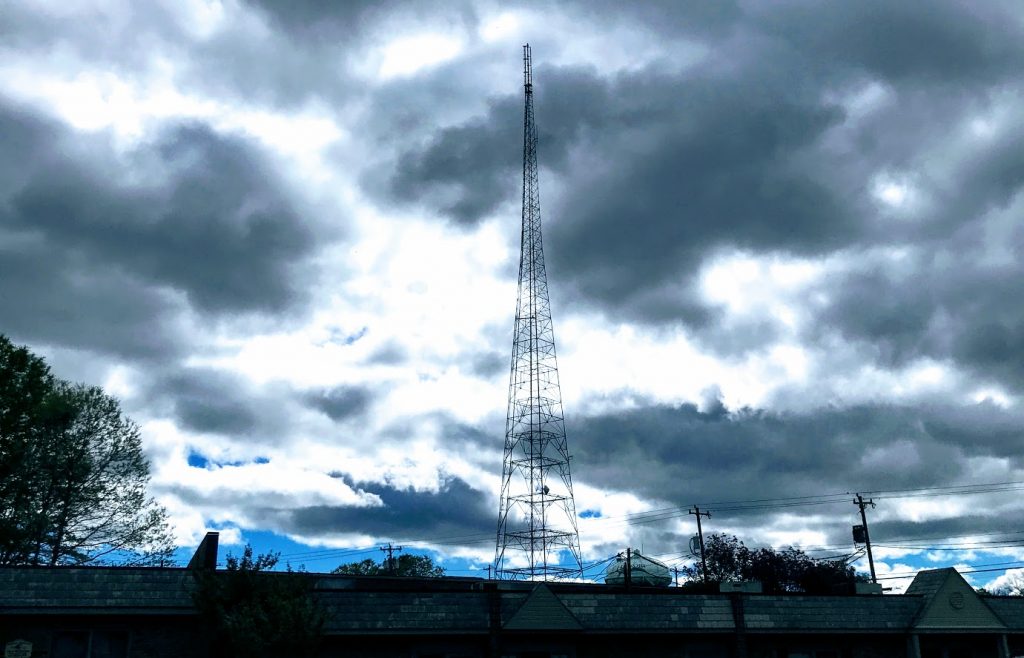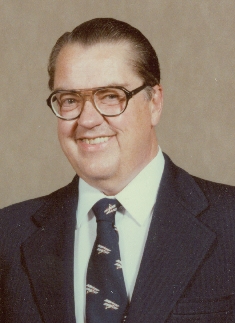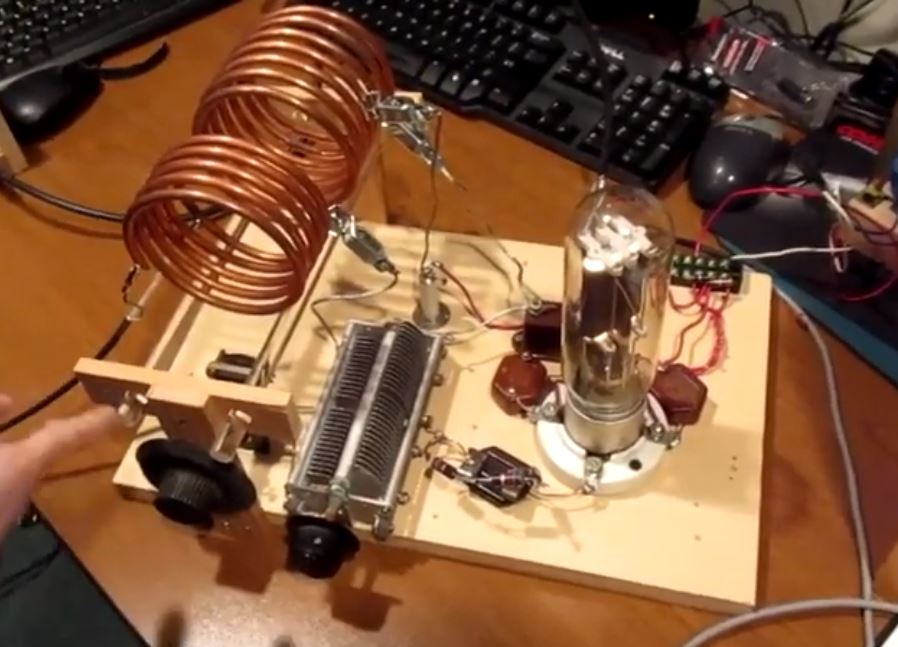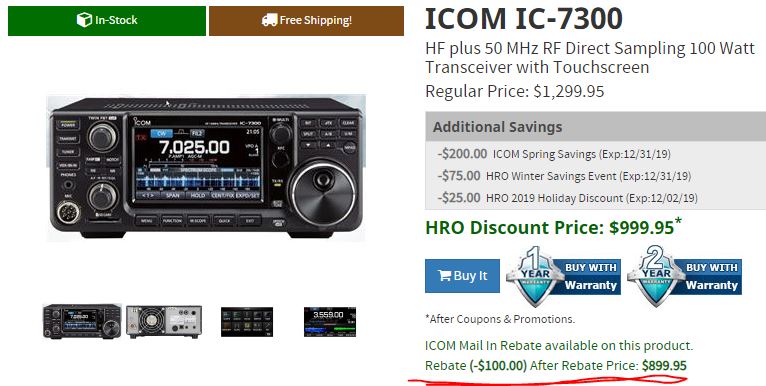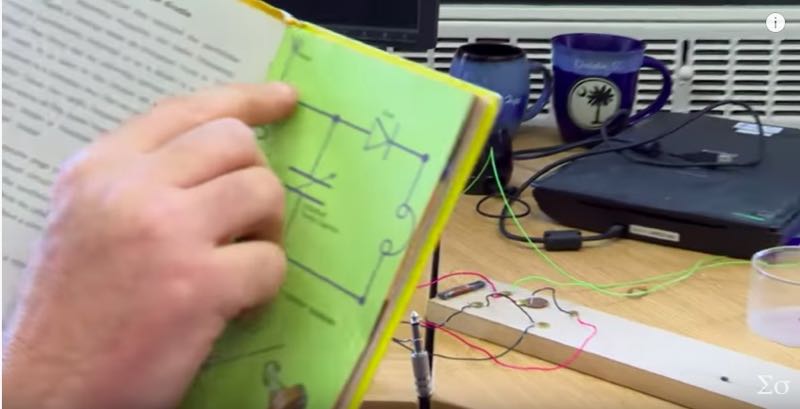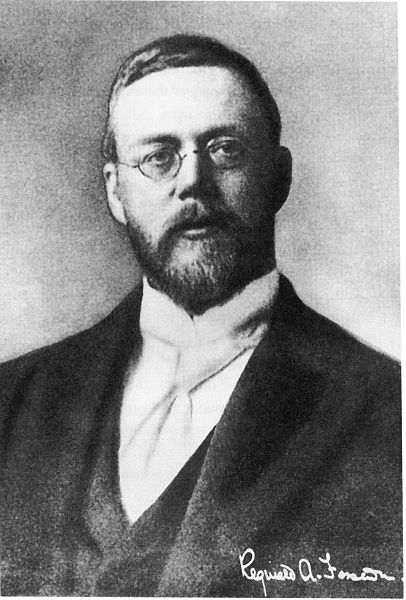
Reginald Fessenden: “The Father of Radio Broadcasting” (Source: Wikipedia)
Many thanks to SWLing Post contributor, Paul Evans (W4/VP9KF), who writes:
The story of Reginald Fessenden has a background in Bermuda.
Before he finished his college education in Canada, he spotted an advert for Headmaster at a school in Bermuda. He applied for it and got the job. At the right age of 18 he became headmaster of Whitney Institute, a school near the top of the hill in Flatts and where your scribe went to school starting in 1968! He met Helen Trott of Flatts and they were married and he moved on to his radio and scientific fascination. The main school building that I attended is exactly as it was in Fessenden’s time (and is to this day).
Later, they moved back to Bermuda and bought Wistowe a house on North Shore Road in Flatts (on the east side of the inlet), which was no more than a stiff 10 minutes walk to Whitney). The school and house still stand although the roads are now so very busy (and the house literally within an inch of passing buses) it’s hard to see them (I do have pictures!). Wistowe is just yards from the Bermuda Aquarium across the road.
In October 2007 the amateur radio special callsign VP9F was used to celebrate his life (indeed he held the callsign himself in 1929).
A fuller article is at http://vp9ge.com/vp9f.htm as written by myself and Ed, VP9GE.
The celebrations also included Ken Hubbard who demonstrated radio to students from Whitney and other Bermuda schools (Ken was my Physics instructor at Bermuda College, although not a radio ham). In 1976 Ken and I did a public demo of radio while I manned the world’s first all solid state transceiver, the Atlas 210X at a similar open day at Bermuda College (ironically the student [me] taking the lead and having to supervise the instructor!).
Once again, a small world!
Thanks for sharing this interesting bit of Fessenden history, Paul!

